There are few things worse than being involved in a car accident – especially a car accident that it is not your fault.
A million thoughts race through your head such as, "Am I injured?", "Who will pay for the damage to my car?" and "How much work will I miss fixing my vehicle and attending medical appointments?"
That being said, provided you do not need immediate medical assistance and assuming someone has already contacted 911 to report the accident, the first thing you should do is take pictures of the vehicles.
Why Taking Photos of All Vehicles Helps Your Case
Pictures will memorialize what the vehicles looked like immediately after the accident. These pictures can be introduced to show what the at-fault's vehicle looked like in the event the police report is:
- Lacking information
- Under-estimates the damage
- Does not list which driver is at-fault (usually vehicle #1 on the crash report)
Many times the police will include a damage amount markedly less than the actual damage. This is part of the reason why it is important to have too many photos of the accident than too few.
If the driver is on the job, you may be able to seek damages from the driver's employer.
Pictures of the license plate may help the police locate a driver who decides to leave the scene of an accident - this unfortunately happens more than you would think, especially in the early morning hours (i.e. drunk drivers).
Finally, and sometimes most importantly, these pictures could be used in the event the driver claims that his vehicle suffered little-to-no damage from the accident (i.e. the vehicle is repaired before their adjuster can take pictures of the damage), the driver claims he was not at-fault (i.e. you turned into him), or if the driver's vehicle shows proof of multiple prior accidents.
How to Take Accident Photos
Use your smartphone (and/or a friends if yours was broken in the accident) to take the pictures at the scene. Ensure you have direct access to the pictures taken.
Step 1:
Take pictures from ALL ANGLES of your vehicle AND of the at-fault vehicle.
Take pictures at a distance and also closeup on the vehicles. You want to get as much detail as possible.
Step 2:
If it is dark or inclemete weather, be sure to take photos with the flash on and off. Sometimes a flash can washout a photograph and other times it will emphasize details you might not have otherwise seen. Play it safe and take two sets of photos.
Step 3:
Be sure to include the license plate for both vehicles in as many pictures as you can.
Step 4:
The pictures should include details like bumper stickers (i.e. marijuana leaf) or the name of a company (i.e. work vehicle) in conjunction with the license plate if possible.
Step 5:
Try to get pictures of the accident and the scene. Things like street signs, buildings, stores, mile markers, rain, and other environmental aspects can help your case.
Step 6:
With their permission, photograph the people at the scene. Those involved in the accident, spectators, and even the emergency medical personnel.
Step 7:
Take as many pictures as you can. The more, the better.
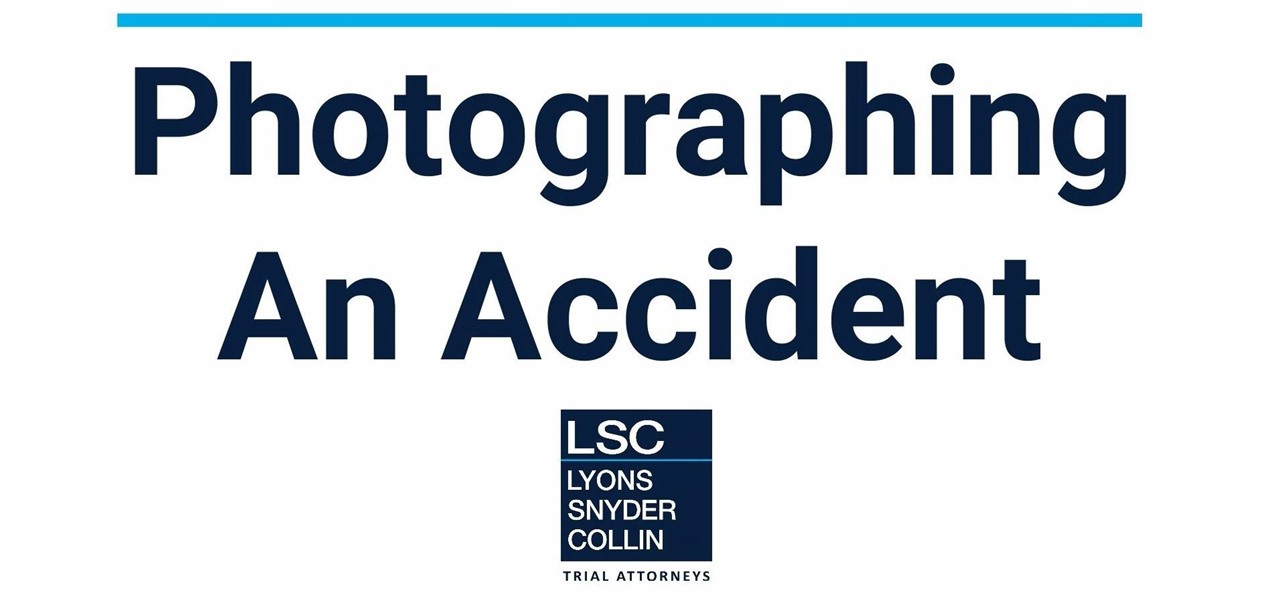





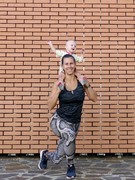



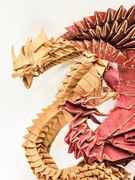
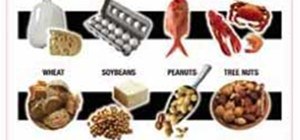
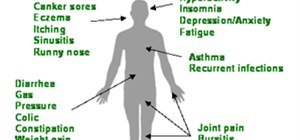
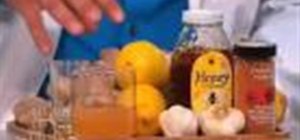

Be the First to Respond
Share Your Thoughts